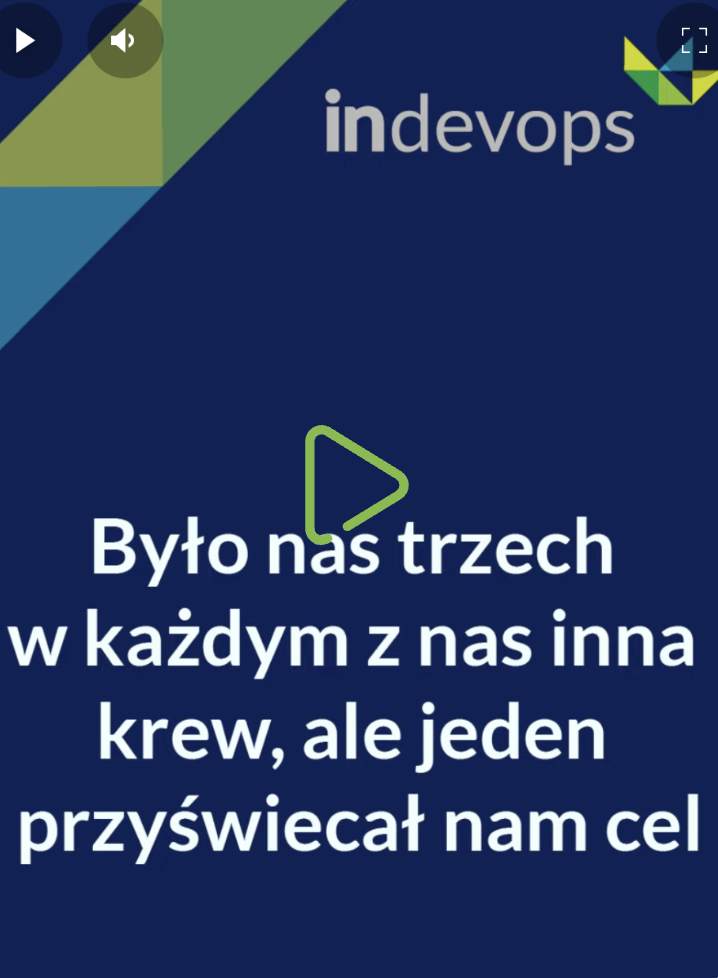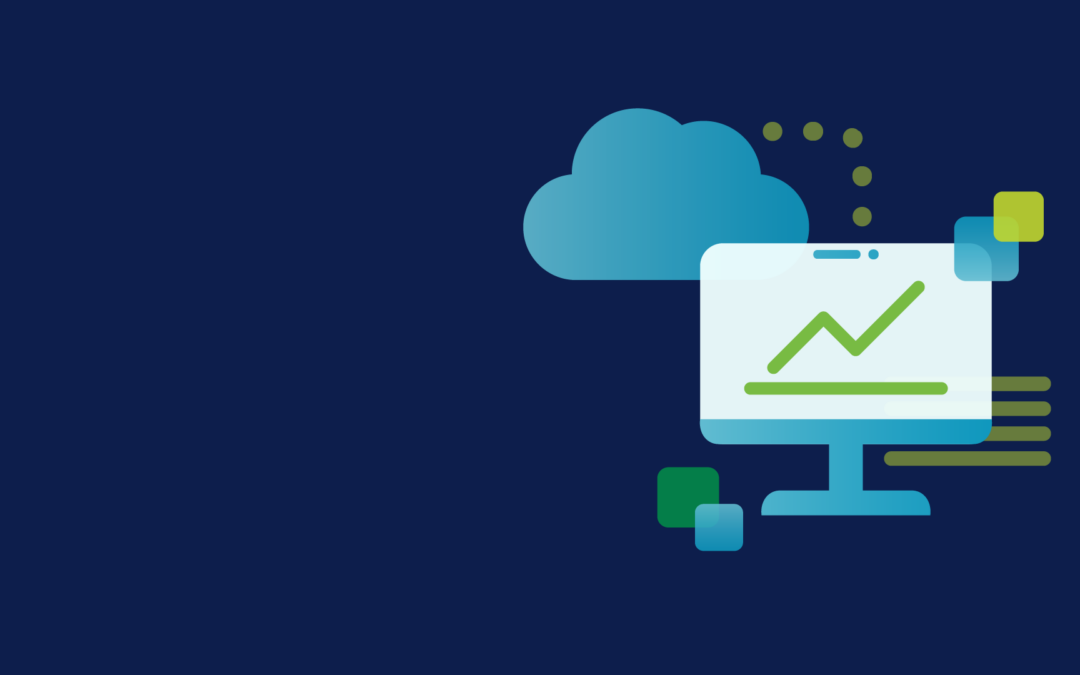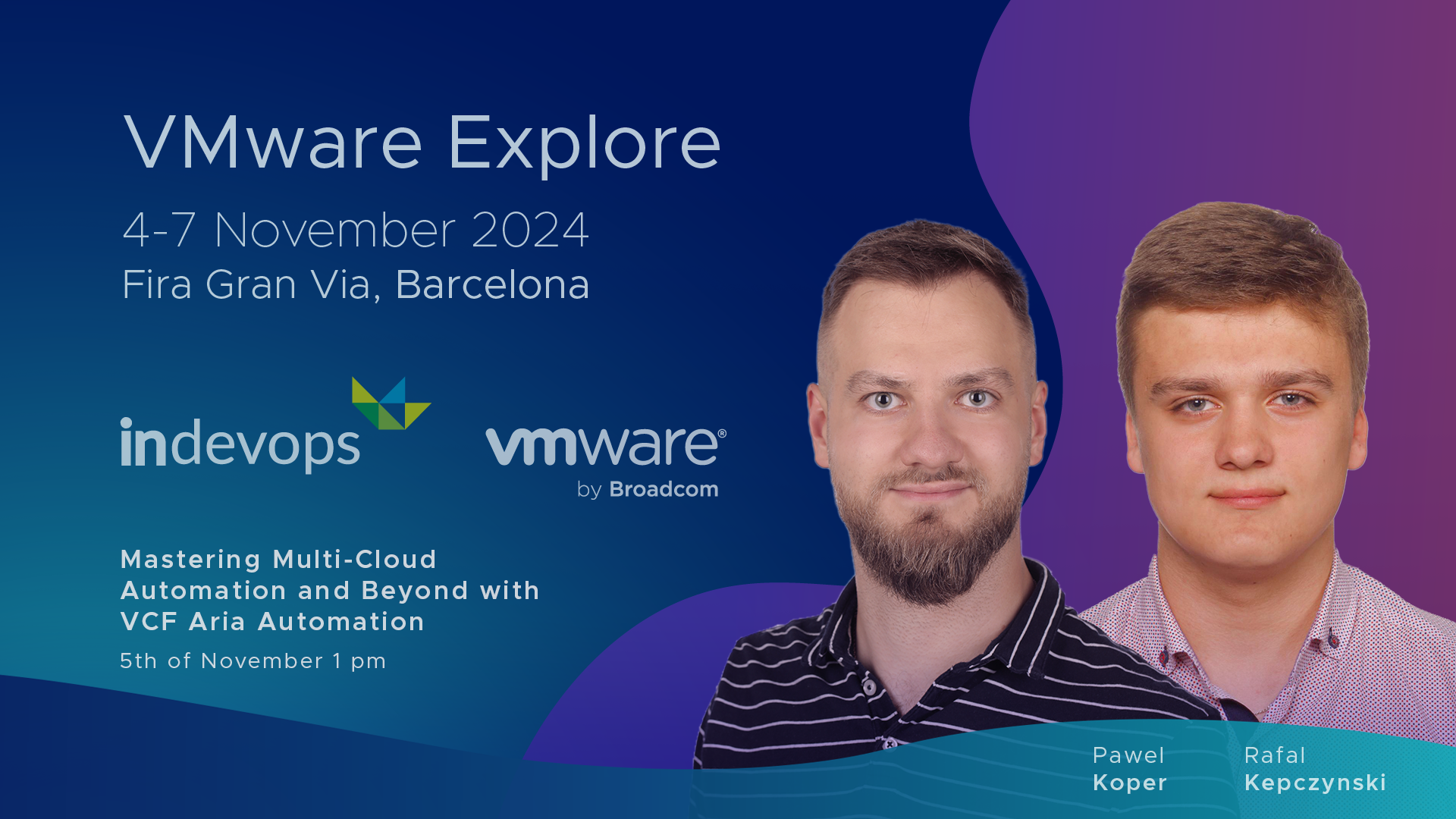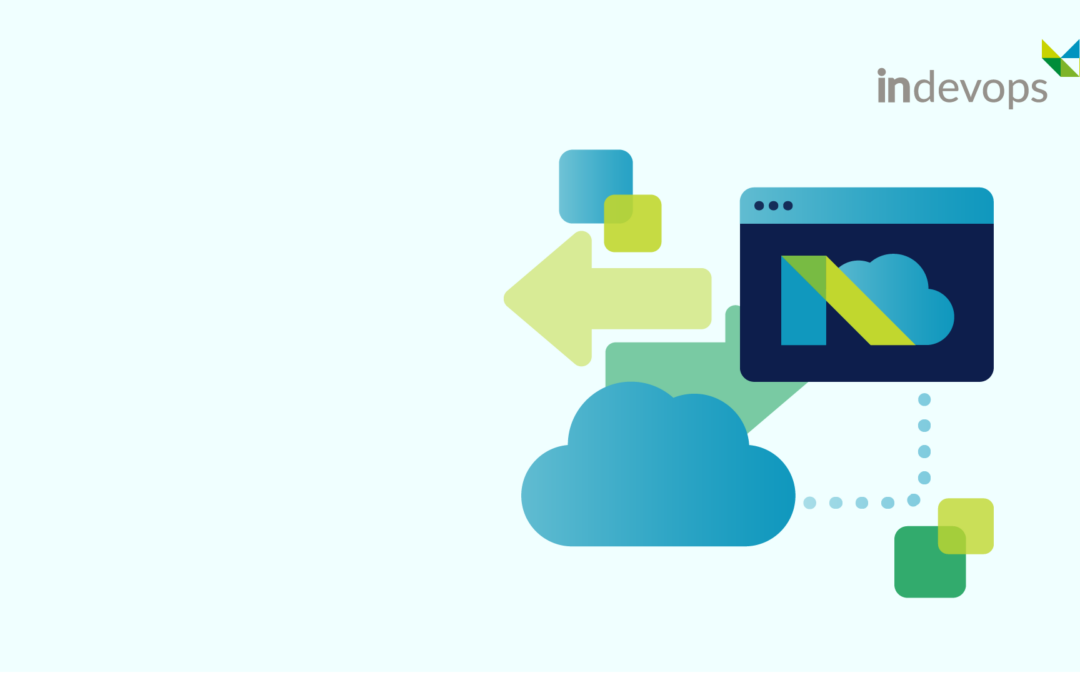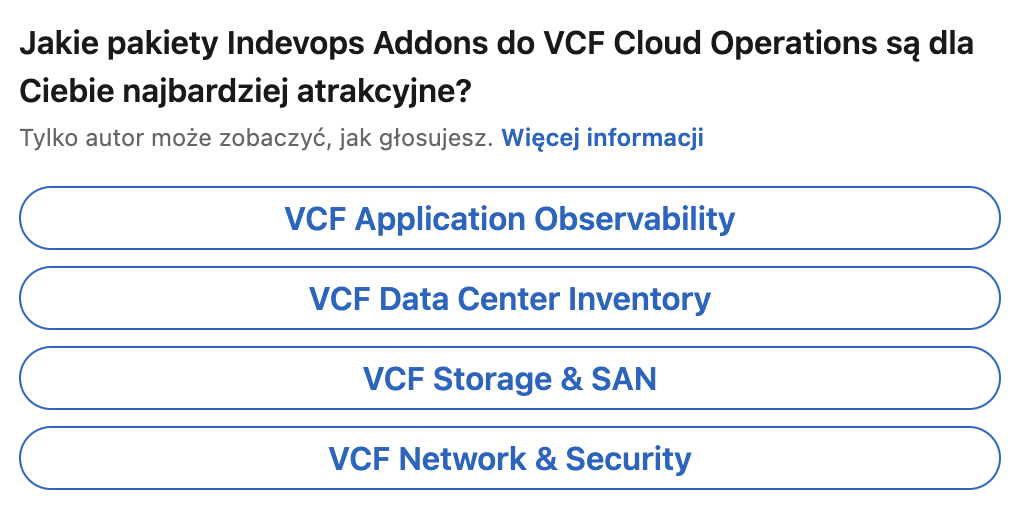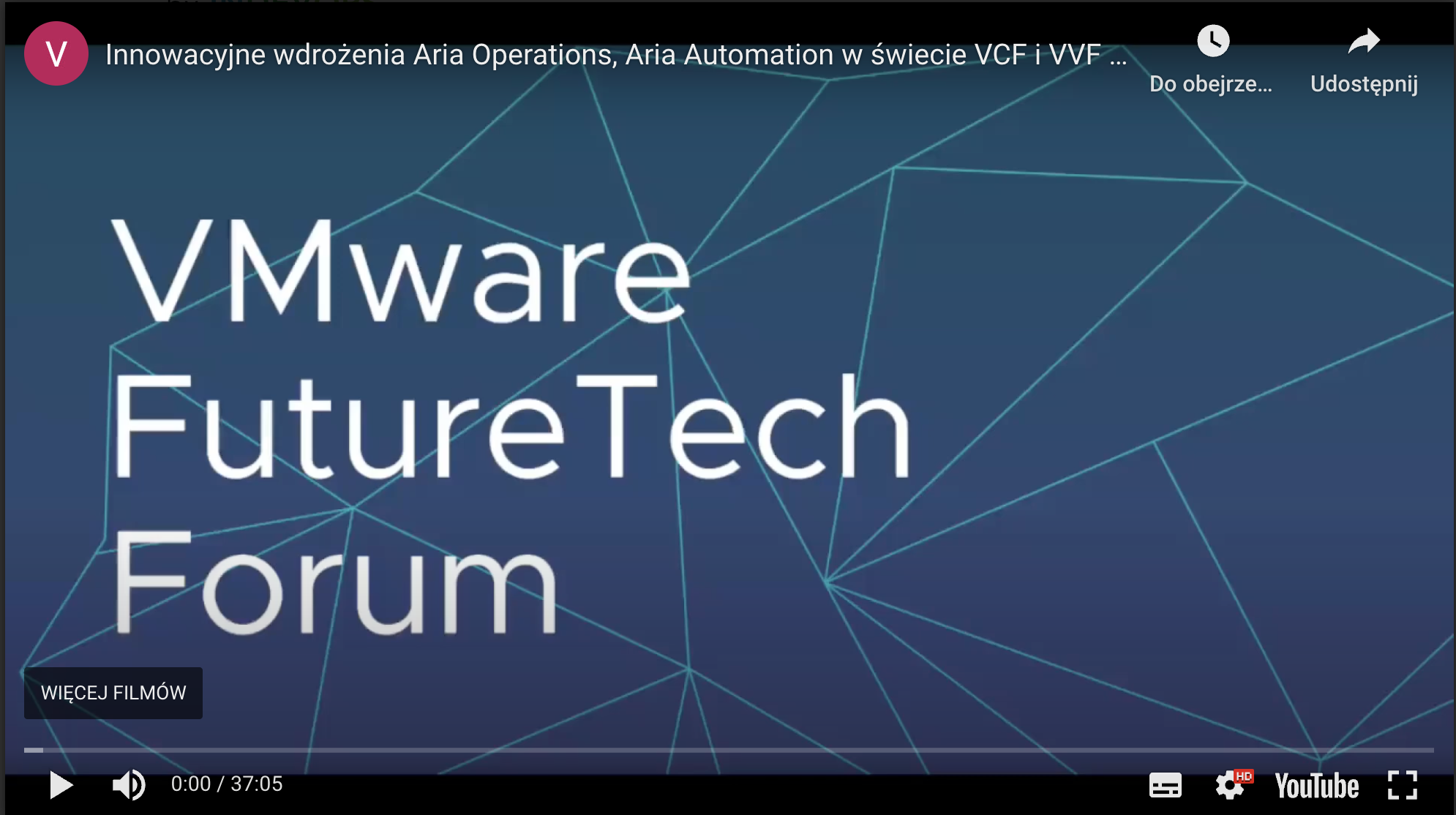VCF9 administrators, using VCF Automation, provide ready-to-use services built into the platform, such as IaaS, PaaS, CaaS (Container as a Service), Private AI, AVI Load Balancer, and advanced security. Additionally, they can create dedicated services tailored to the needs of our clients.
We appreciate that the entire cloud platform is software-driven from the infrastructure side, including virtualized computing power, storage, networking, and security.
This gives us power. The lack of manual integration of these components, dependency checks, and post-upgrade testing brings immense organizational benefits and reduces time consumption. This can be quantified.
In some large companies in Poland, teams of over 20 people are dedicated solely to building a service catalog based on outdated technology silos. Eliminating these silos finally allows organizations to enter the 21st century—where, incidentally, we have already been for 25 years.
Service creation can be done through a graphical interface, where logical cloud entities are combined into a single service, or through code. After all, some people prefer coding. A solid strategy from VMware.
It is also worth mentioning that within the service catalog, we can see the costs associated with the services ordered by users, while our main VCF9 administrators will have visibility into the total cost of the entire platform.
For advanced organizations, VCF9 allows the implementation of ChargeBack or ShowBack. Of course, the visibility of service costs or cost recovery is determined by our main VCF9 administrators.
To conclude the discussion on VCF Automation, it is important to note that tenant administrators will be able to leverage the capabilities offered by VCF Operations. This will enable them to monitor resource utilization levels directly from their consoles.
We have comprehensive cloud management support, and significant and important changes lie ahead.



